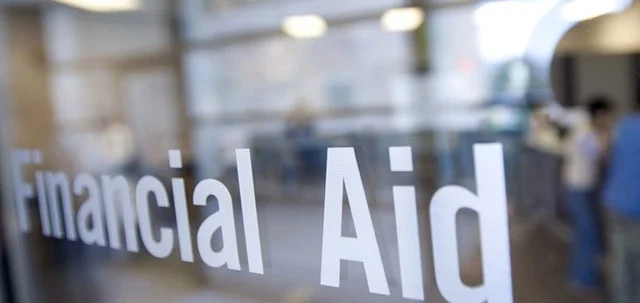Early Decision Applications Continue to Increase
The number of students applying to college Early Decision continues to grow sharply. Last year, 29 percent of high-achieveing, high-income students applied to college Early Decision, while 16 percent of high-achieving low-income students did so.
Early Decision applications have increased over the last several years because most highly selective private colleges and universities accept a higher percentage of ED applicants than regular decision applicants. For example, many of the most competitive institutions admit more than half of their freshman class ED.
Early Decision applicants are required to attend if accepted Early Admission.
The downside is that ED is binding, meaning that those accepted ED are required to attend.
Early Decision is a smart choice for students who are certain of their first-choice college, and are able to attend no matter the amount of financial aid offered by the college. On the other hand, ED is not a good choice for students who are not sure where they want to attend college, and want or need to compare financial aid offers from colleges that accept them.
Why a Private College Counselor?
Top 5 Tips for College Financial Aid
While area high school seniors are busy working on their college applications, their parents are worrying about how to pay for college.
Costs have skyrocketed 213 percent at public universities and 129 percent at private universities in the last 30 years. Things are not going to get any cheaper anytime soon, but there are steps parents can take now to get their share of financial aid for college.
Searching for Private Scholarships Not Worth Most Students’ Time
High School seniors applying to college often ask when they should start looking for private scholarships — early in their senior year? Later after they’ve gained acceptance? They plan to add scholarship search to their already heavy caseload of classes, standardizing testing, college search, applications and essays.





